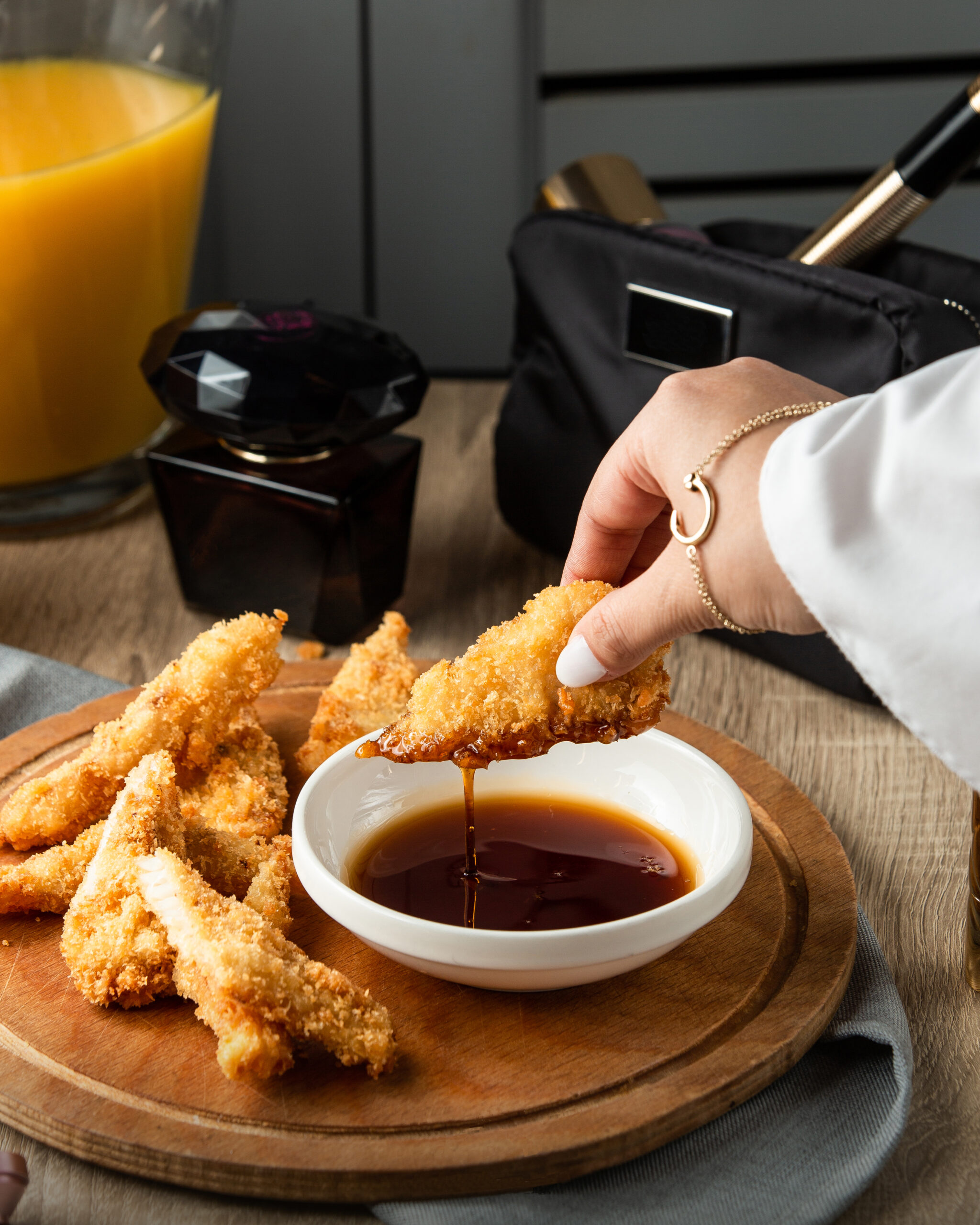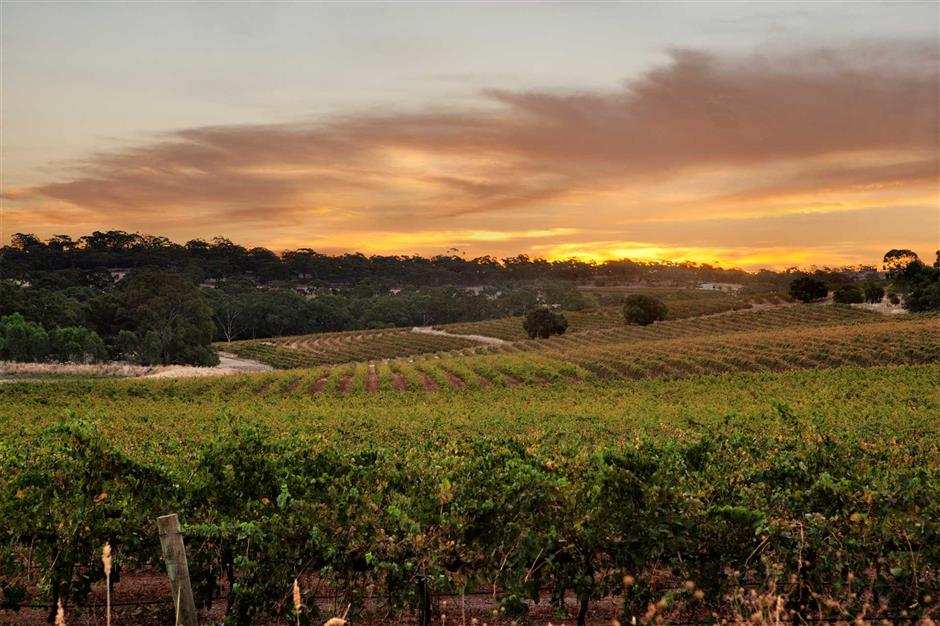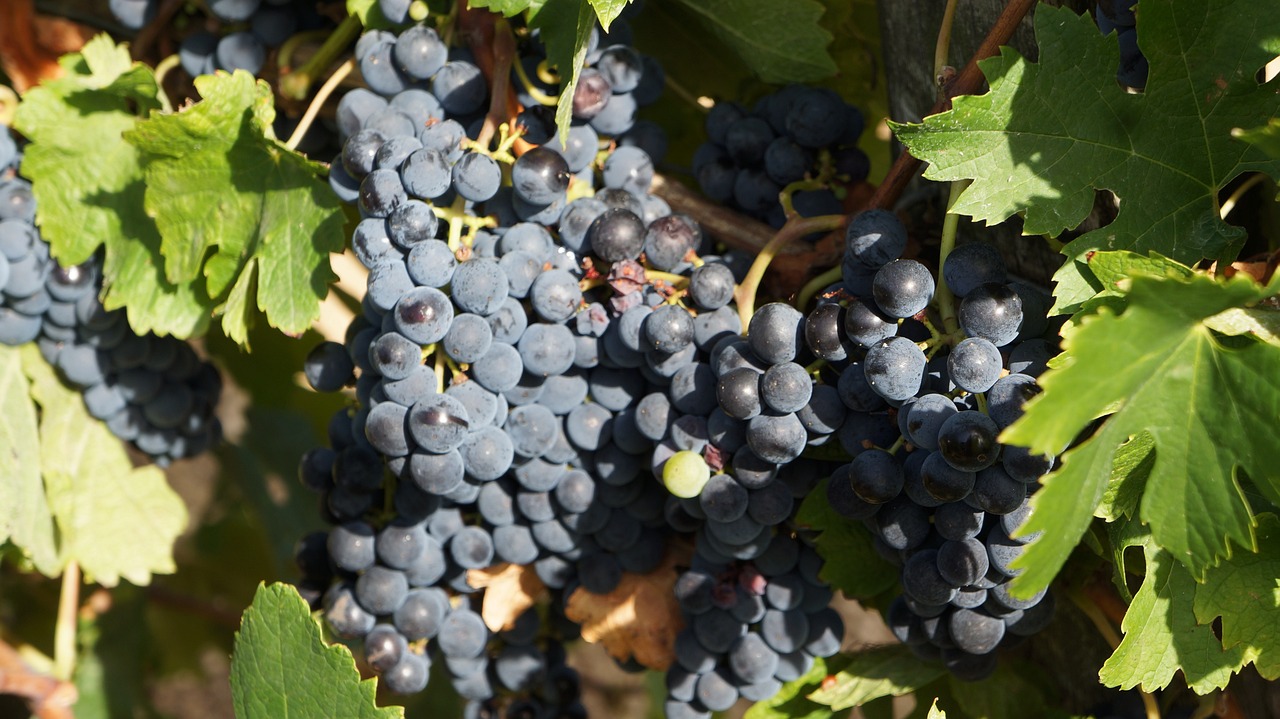History shows that it’s a special cuisine culture originated in the late 19th century and reaching its peak during 1920s-30s.

The so-called ‘European food’ mainly refers to Italian, French, Russian and British, four most influential foreign food cultures of the old Shanghai era, the time when the city was colonized simultaneously by several western countries such as Britain and France, according to Zhou.
The adaptation, based on the perspectives of Pann, Zhou and ShenJialu, a well-known Shanghai food critic, is practiced by adding with Chinese element, from ingredients, cooking techniques to the way of serving, which seems quite similar to today’s culinary trend “fusion.”
It’s a combination of Chinese and western ingredients, said Pann. This can be exemplified by some signature dacai dishes such as 芝士焗面 (noodle baked with cheese), a pasta style dish but using Chinese noodles; 上海色拉 (Shanghai salad), diced potato, Russian sausage, greenbean and seasonal fruit together mixed with Shanghai adapted salad dressing made of egg white, salad oil and vanilla flavored ice-cream; 罗宋汤 (Russiansoup), a classicalred beet based Russian borscht adapted by Shanghai chef through using tomato and cabbage instead of red beet.
“The adaptation is also about integrating Chinese cooking techniques into western food,” said Zhou. For 炸猪排 (deep-fried pork chop served with Worcestershire sauce) as an example, unlikethe way of western chef cooking the pork chop, pan-frying the whole piece , Chinese chef cut it into smaller pieces and use the knife back pounding each peace until it becomes tender before their deep-frying them in a pot of oil.
“Serving way and the dining ambience are both locally adapted, for example, those dacai restaurants use Chinese yellow wine to replace red wine in a set menu. Even, diners can call the prostitute serving food and wine with them together,” said Jialu.
Shao Wanshu, a Chinese author involved in writing books featuring Shanghai local food culture provided a seven-course menu of yipinxiang, a representative dacai restaurant being popular in Shanghai around 1930s, which he got from Shanghai Archives Museum.
The menu is in western style while many of its dishes are authentic Chinese food. The starter includes cooked asparagus, Jinhua ham (a dry-cured flavorful ham originated in Jinhua City, Zhejiang Province), abalone and lettuce. Soup canbe chosen from shark fin soup and cream pigeon egg soup with abalone. Main course provides two options, a western style fillet steak and Cantonese style “deep fired chicken wrapped in tin foil.” The big meal is ended with dessert and coffee/black tea.





